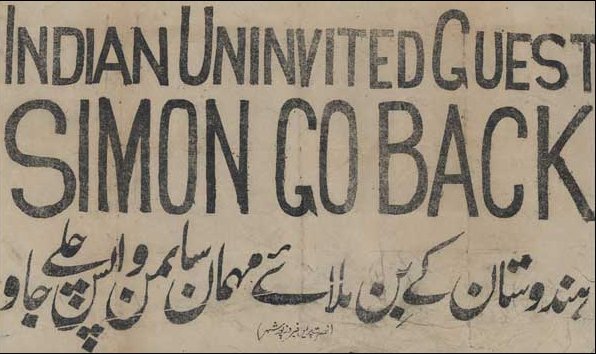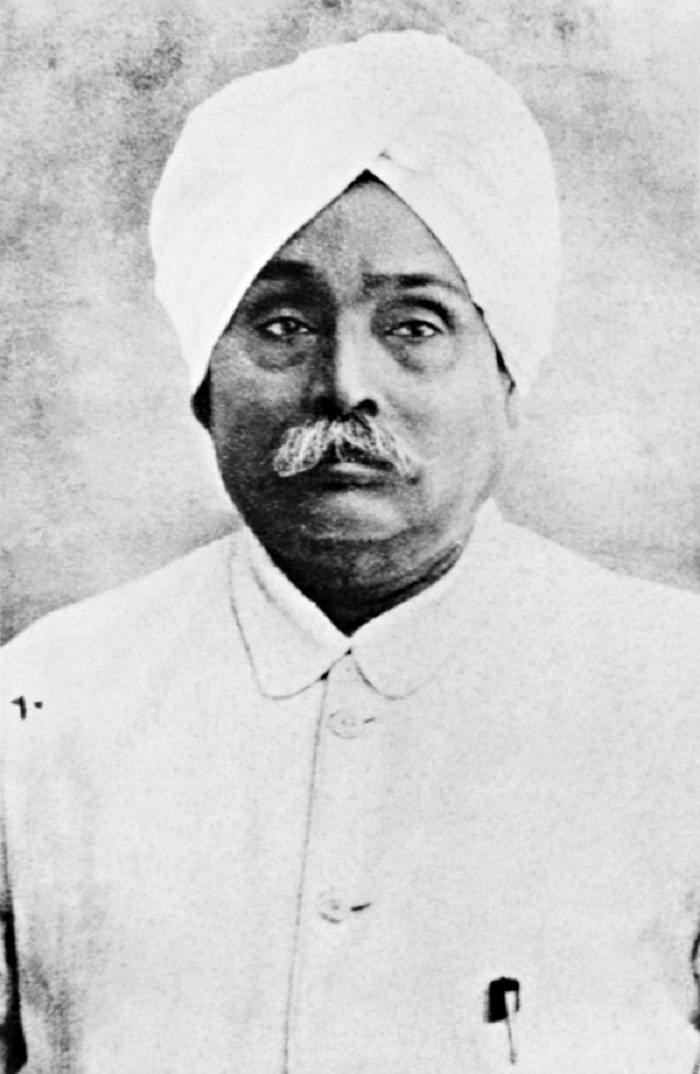Simon Commission appointed as per provision of section 84 Act 1919 which provided that a royal commission should be appointed after the lapse of 10 years to review the fun of constitutional arrangement introduced by Act of 1919.
This commission was asked to review the mechanism created by an act of 1919 & suggest, whether & what extent it was advisable to expend restrict or modify the degree of responsible government introduced in India by act 1919. The commission was also asked to look into relation bets British Indian & native states. (Harcourt Butler Committee).
The commission was also required to suggest whether the establishment of the second chamber in provincial legislative was desirable. The commission was also to report the status of education in India (Philip Hartog-looked into progress in education).
Why was Simon Commission appointed?
In 1928, general elections were due in Britain. The existing conservative party of Government was expected to replace by the liberal party. Conservative party government doesn’t want to leave the responsibility of the appointment of such commission in bands of unexpected. Liberal party govt. that was expected in government because the future of the British Indian Empire depends on this royal commission.
Why Indian Nationalists opposed the Commission?

Simon Commission was a seven-member commission & all seven members were Europeans. Not a single Indian was called Fit to participate in the procedure of deciding India’s political future. This all-white composition of the Simon Commission was a big insult to Indian national sentiments. Because of this appointment of Simon Commission was opposed by leaders strongly. Simon Commission visited Indian twice. First visit during Feb-March 1928 & second visit 28 Oct – 29 April.
Organization of National Agitation against Simon Commission
The news of the appointment of Simon Commission all wide triggered a wave of nationalist upsurge all over India. Massive mass agitates & demonstration was organized to oppose the Simon Commission. These nationalist activities marked the beginning of a new phase in the history of India’s struggle against British Rule.
The atmosphere of political pass mission prevailing in India since the withdrawal of India got converted into political activism. Anti-British discontent hidden in Indian heart and mind came out open in form of nation-wise agitate & demonstration. The anti-Simon Commission agitate radicalized the national movement greatly because a new form of agitating & new slogans were used by leaders to mobilize the masses.

Black Flags were shown by Indians to Simon Commission National used to stand on both sides of railway lines & roads to wave flags for Simon Commission. When Indian agitators were not allowed to enter the venue of the Simon Commission meeting they flew black kites at the venue to show their opposition.
At Lucknow, Khaliq-us-Jama coined the slogan “Simon Go Back”. This became the guiding spirit of anti- Simon Commission agitated throughout India. Anti Simon Commission agitate gave a boost to revolutionary activities as well when Lala Lajpat Rai died due to a Lathi charge by police at Lahore. His death was avenged by Bhagat Singh, Raj Guru & Chandra Shekhar Azad, etc. by killing Assistant Superintendent of Police Saunder in 1928.

Anti-Simon Commission agitates prepared circumstances leading to drafting Nature-report & launching of Civil Disobedience movement. Lord Birkenhead, secretary of state challenged Indian Leaders to come together & prepared a draft for constitutional ref. He declared the British government would accept & implement such a draft immediately if it agreed upon all Indian major parties.
Accepting this challenge, the Indian leader organized an all-party conference in May 1928 at Delhi & appointed a committee under Motilal Nehru to prepare a draft for constitutional reforms. The Nehru committee prepared this draft known as “Nehru Report” in Aug 1928. This report immediately handed over to lord Arvin but the British Government refuses to accept it because the Muslim League had rejected Nehru report.
In Dec 1928, at its annual session held at Calcutta, Congress gave a period of the first year to British Government to accept & implement Nehru report failing which congress would abundant demand of dominion status & would fight for complete independence.
As the British government didn’t accept Nehru Report Congress adopted the “Purna Swaraj” resolution at Lahore in Dec 1929 & authorized Gandhiji’s to launch a Mass Movement for the attainment of the same. This movement was launched on 12th March 1930 with the name of the Civil Disobedience Movement.

